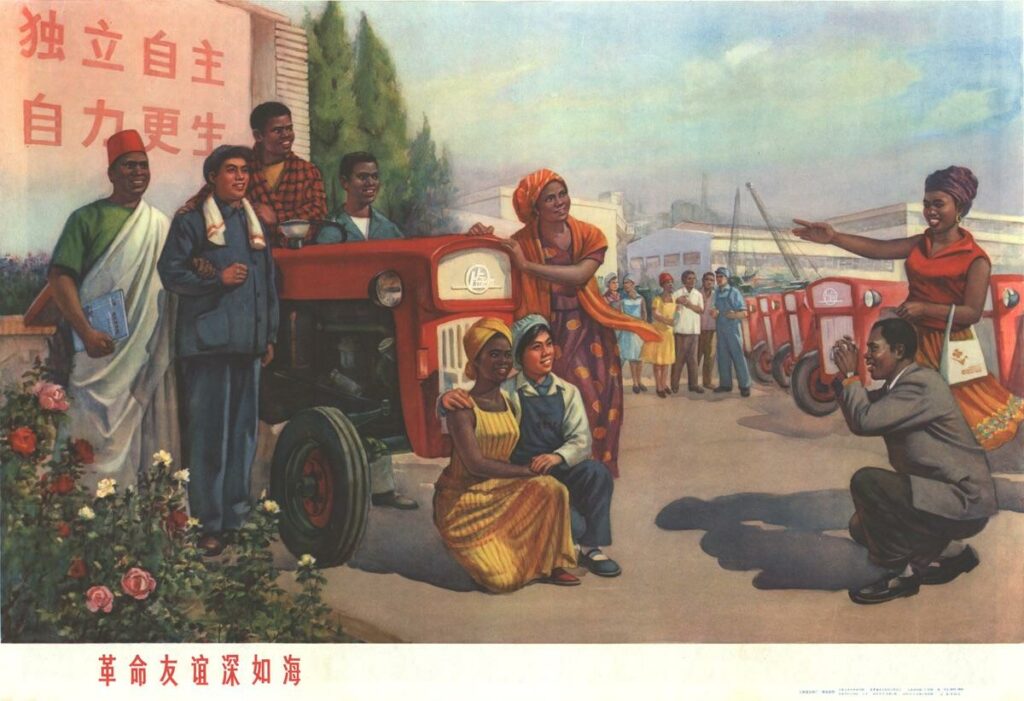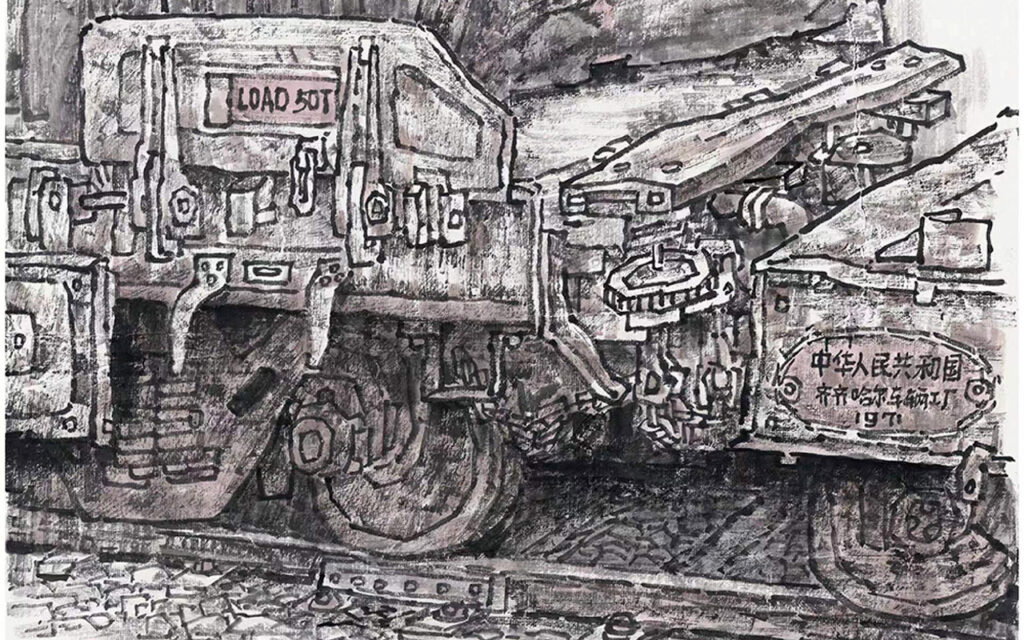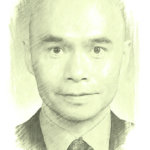Bibliography
Chelwa, Grieve. ‘Does Economics Have an “Africa Problem”?’. Economy and Society 50, no. 1 (2021): 78–99.
Organisation of African Unity. Lagos Plan of Action for the Economic Development of Africa, 1980–2000. Addis Ababa: Organisation of African Unity, 1980. https://www.nepad.org/publication/lagos-plan-of-action.
Rodrik, Dani. ‘An African Growth Miracle?’. Journal of African Economies 27, no. 1 (2018): 10–27.
World Bank and Development Research Centre of the State Council, People’s Republic of China. Four Decades of Poverty Reduction in China: Drivers, Insights for the World, and the Way Ahead. Washington, DC: World Bank, 2022. https://thedocs.worldbank.org/en/doc/bdadc16a4f5c1c88a839c0f905cde802-0070012022/original/Poverty-Synthesis-Report-final.pdf.











